Review for A Lull in the Sea Part 1
When you crack open a new anime series, you never quite know what you’re going to get. Sure, it’s likely to be full of genre-defining cliché’s but beyond that it’s a world where, creatively, anything goes. ‘A Lull in the Sea’ is a perfect example. On one level it’s a straight-forward teen melodrama, full of angst, injustices and romance. But on the other hand, it’s an incredible flight of fancy – a mad world where people live happily underwater just as we do above, the only real difference being the fish and sea life that float around too. As a result, you really have to leave all pre-conceptions behind and utterly suspend every ounce of disbelief.
It seems that the tables have turned on anime evolving from popular manga. ‘Lull’ originated as an anime and, due to its popularity in Japan, inspired a manga which is still running today. Produced by P.A. works, directed by Toshiya Shinohara, written by Mari Okada with original character designs by the enigmatic Buriki, the series started airing in Japan at the tail end of 2013,running for a fairly standard 26 episodes. This set houses the first 13 of those (actually 14 as they rather tantalisingly offer up the14th episodes as an extra feature).
‘A Lull in the Sea’ (or ‘Nagi no Asukara’ in your actual Japanese) is the story of five middle school friends; four who live beneath the sea most the time, Manaka Mukaido; Hikari Sakishima, Chisaki Hiradaira, and Kaname Isaki and a friend from ‘the surface, Tsumugu Kihara.
In parallel with our own evolution to a degree, the idea is that human civilization started out living under the sea but eventually humans began to leave this life for one on land. As a result, whilst they all look and sound pretty much the same, there are enough differences to create tensions (spot the racism metaphor here).
When their own school beneath the sea closes, the four teens have to leave their ocean village, Shioshishio, to attend a school on the surface, Mihama Middle School. To begin with there are tensions between the two factions; the undersea brigade being referred to as ‘fish’ whilst they in turn refer to the land-teens as ‘pigs’.
What we see unfold during the first few episodes is an eventual understanding that they are not so very different. One ‘pig’ in particular turns out to be particularly positive about the new ‘fish’ – a good looking lad called Kaname. Feelings get heated and as the teens emerge from childhood to adolescence, the feelings get ever stronger as, inevitably, romance rears its head – with all the jealousy and drama you might expect.
Each of the sea-kids makes the transition to their new school a little differently, though Hikari is the most hot-headed, finding trouble at every turn. Indeed, he’s so determined to resist joining in wth the new school that when the terribly timid KamameIsaki turns up on day one in the new school uniform, he blows a gasket and makes her go home and get changed.
In a relatively gentle way, we see the group eventually become better assimilated and even Hikari eventually concedes that not all ‘pigs’ are bad, having falsely accused Kaname and his friends of a misdemeanor which he then discovers wasn’t perpetrated by them.
So in many respects, ‘A Lull in the Sea’ does seem to be a coming of age film, having more in common with a John Hughes’ film, like ‘The Breakfast Club’, than with action anime.
The journey to self-actualisation can get a little tedious in all honesty, maybe more so in the US dub where the dripping sentiments are delivered thick and fast. ‘At first I had my doubts about you but now I realise that we’re all pretty much the same after all…” type stuff, ad-infinitum. If it sounds a bit saccharine, well, it is but the series somehow manages to pull itself a notch or two above such rote sentimentality through sheer force of creativity.
Some of the more serious issues dealt with also help lift ‘Lull’ beyond the norm – like the afore-mentioned racism, but it also tackles climate change, pollution, generational differences and gender issues in its own way too.
Indeed, by the last episode on this set (Episode 13) we get to a complete jaw-dropping cliff-hanger which I’m prepared to bet will resolve itself in time for the series to revive in Episode 14. In truth, I could take a peek at that but I’m going to wait till I’m ready to watch the rest of the series.
Some anime is great for binge-watching (‘Death Note’ anyone?) whilst others are best consumed a couple of episodes at a time. For me, ‘Lull’ sits firmly in the latter category. It’s certainly heart-warming and fun, but perhaps a bit too sweet to binge on. It also lacks pace on occasion which, again, means you won’t necessarily feel compelled to watch ‘just one more’. Having said that, the final couple of episodes really get going so maybe it picks up a pace in the second half.
The image quality of the discs look great (and these are just the DVD’s remember) with some rich colouring and detail. The ‘layerng’ of semi-transparent elements into the foreground of the under-sea sequences is particularly visually pleasing.
Audio is presented in LPCM 2.0 stereo with either the original Japanese voice cast, or the US English dub, which seemed to fit well enough.
The series music is very striking with an opening theme which will really get under your skin (by ‘Ray’) as well as an excellent end theme by Nagi Yanagi.
Extra features include some textless openers and closer, music based trailers and episode 14 to lure you into the second half.
All in all, if you like ‘relationship’ anime (as opposed to action based) then there is much to enjoy here.
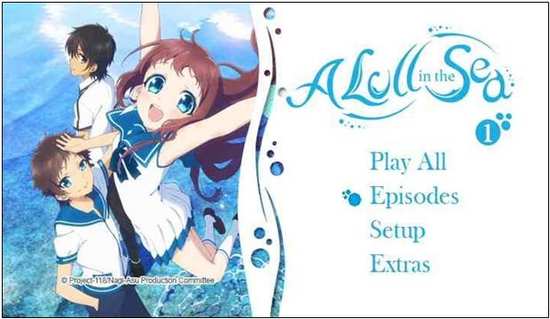
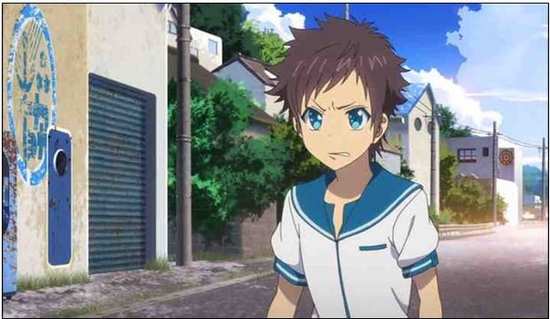


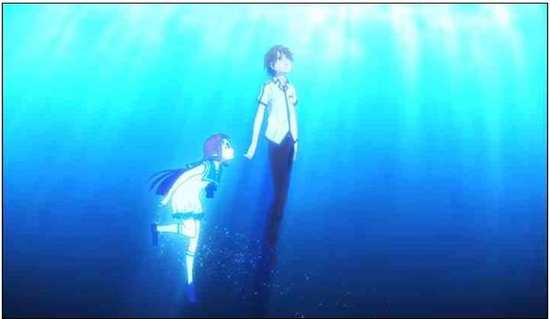
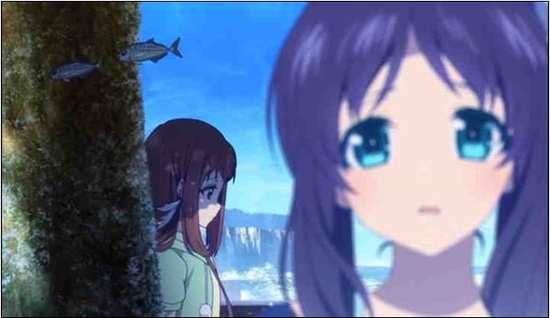
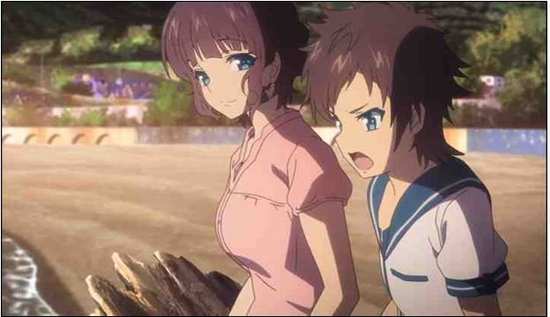

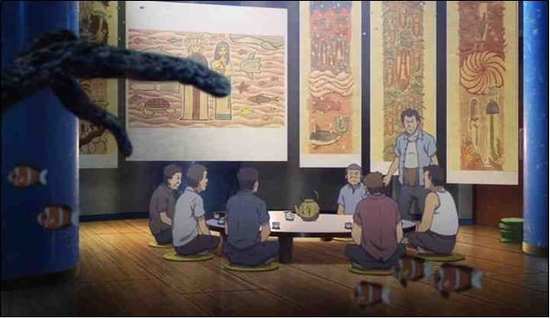
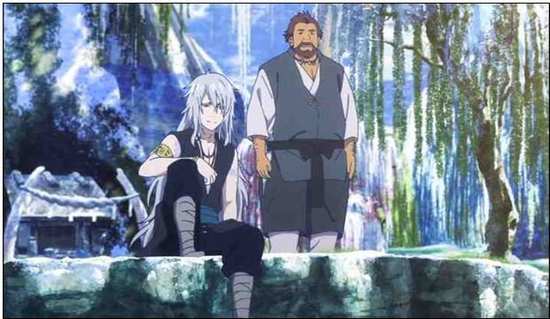
Your Opinions and Comments
Be the first to post a comment!